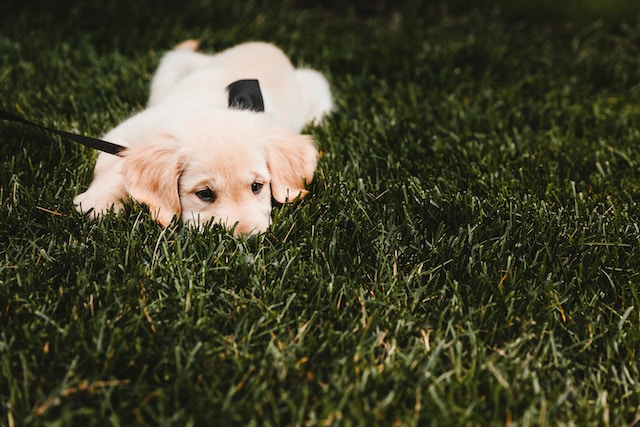Introduction: The incredible sense of smell possessed by dogs is a gift waiting to be harnessed. Whether you want to engage your dog’s natural abilities for scent detection, improve their obedience, or simply have a fun and enriching activity to do together, training your dog to utilize their sniffing powers can be a rewarding experience.
Introduction:
The incredible sense of smell possessed by dogs is a gift waiting to be harnessed. Whether you want to engage your dog’s natural abilities for scent detection, improve their obedience, or simply have a fun and enriching activity to do together, training your dog to utilize their sniffing powers can be a rewarding experience. In this article, we provide tips and techniques to help you unlock the full potential of your dog’s nose and foster a stronger bond with your furry companion.
Understanding the Canine Nose:
Before delving into training techniques, it’s important to understand the inner workings of the canine nose. Dogs possess an intricate olfactory system, with millions of scent receptors and a larger part of their brain dedicated to processing smells. Their sense of smell is their primary means of gathering information about the world, and tapping into this innate ability can provide mental stimulation and fulfillment for your dog.
Introducing Scent Games:
Scent games are an excellent way to engage your dog’s sense of smell and provide mental and physical stimulation. Start by choosing a specific scent, such as a small piece of cloth scented with essential oil or a specific treat. Hide the scent in a designated area and encourage your dog to search for it using their nose. As they locate the scent, reward them with praise and a treat. Gradually increase the difficulty by hiding the scent in more challenging locations or using multiple scents for your dog to differentiate.
Scent Discrimination Training:
Scent discrimination training helps your dog to identify and alert you to specific scents. Begin by selecting a target scent and associating it with a reward, such as a high-value treat. Present the scent to your dog, allowing them to sniff it, and then hide it among other similar scents. When your dog successfully identifies the target scent, reward them generously. Consistent repetition and positive reinforcement will help your dog become proficient in scent discrimination.
Search and Rescue Training:
If you’re interested in more advanced scent detection training, search and rescue exercises can tap into your dog’s natural instincts and abilities. Seek guidance from professionals experienced in search and rescue training to ensure safety and proper techniques. These exercises often involve scent trails or search areas where your dog must locate specific scents, simulating real-life search scenarios. With patience, practice, and professional guidance, your dog can develop valuable search and rescue skills.
Incorporating Scent Work into Daily Life:
You can incorporate scent work into your daily routine to provide mental stimulation for your dog. For example, scatter their food or treats in the backyard or hide them around the house, encouraging your dog to use their nose to locate their meals. You can also hide their favorite toys or create scent puzzles using scent-impregnated toys or objects. These activities tap into their natural instincts and provide an outlet for their energy and mental focus.
Bonding Through Sniffing:
Training your dog to harness their sniffing powers not only engages their mind but also strengthens the bond between you and your furry friend. Working together as a team, communicating through scent-based tasks, and celebrating their successes deepens the trust and connection you share. Sniffing activities also provide an outlet for dogs to express their natural behaviors, fostering a happier and more fulfilled canine companion.
Conclusion:
Training your dog to harness their sniffing powers is an exciting journey that unlocks their innate abilities and strengthens your bond. Whether you’re engaging in scent games, scent discrimination training, or more advanced search and rescue exercises, the key is patience, consistency, and positive reinforcement.

















Leave a Comment
Your email address will not be published. Required fields are marked with *